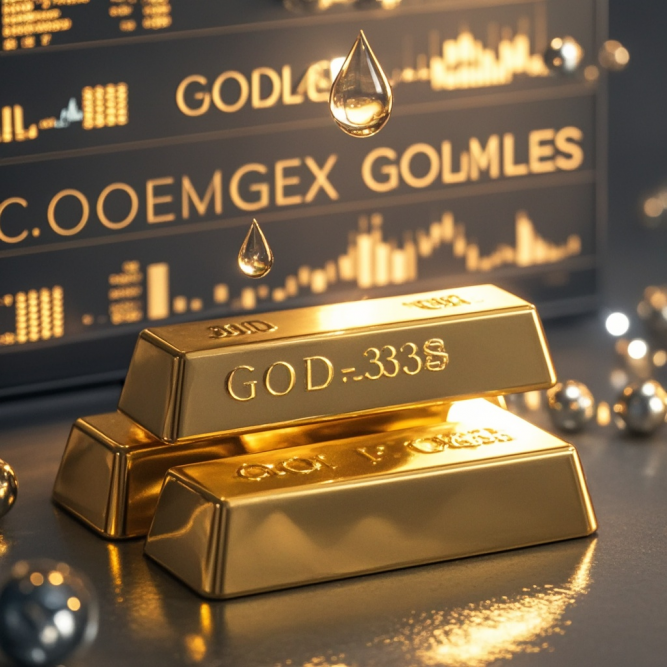International Precious Metals Futures Close Lower: COMEX Gold Futures Down 0.85%, Silver Futures Drop 1.95%
On July 15 local time, the international precious metals futures market experienced a broad decline, with both COMEX gold and silver futures prices showing significant drops. COMEX gold futures closed down 0.85% at $3,330.50 per ounce, while COMEX silver futures saw a more pronounced decline of 1.95%, settling at $37.99 per ounce. This market performance has drawn widespread attention from investors, reflecting a range of complex underlying factors that will likely impact global financial markets.
Gold and silver, as traditional safe-haven assets, have long served as key indicators of financial market trends. The recent decline in precious metals futures prices is primarily linked to subtle shifts in the global economic landscape. Recent economic data from major economies has shown signs of recovery, boosting market confidence in economic prospects. As a result, investor risk appetite has increased, leading to capital outflows from safe-haven assets like gold and silver into riskier assets such as equities, thereby exerting downward pressure on precious metals prices.
Additionally, the performance of the U.S. dollar index has played a crucial role in influencing precious metals prices. Typically, gold and the dollar share an inverse relationship. Recently, the dollar index has strengthened due to various factors, making dollar-denominated gold and silver more expensive for investors holding other currencies. This has dampened demand, contributing to the price decline.
Furthermore, changes in market supply and demand dynamics cannot be overlooked. On the supply side, the gradual resumption of production at some gold and silver mines has increased market supply. On the demand side, while gold still sees steady demand in jewelry and industrial applications, uneven global economic recovery has led to weaker-than-expected demand growth in certain regions. In particular, recurring pandemic-related disruptions in some emerging markets have weakened consumer purchasing power, reducing demand for gold jewelry. Although silver holds promising prospects in industrial applications, ongoing global supply chain bottlenecks in manufacturing have also impacted industrial demand for silver to some extent.
The decline in COMEX gold and silver futures prices carries different implications for various market participants. For gold and silver mining companies, lower prices may compress profit margins, prompting some firms to adjust production plans. Investors holding long positions in precious metals futures face the risk of asset devaluation, while those with short positions may benefit. Moreover, this price movement could influence investor confidence in the broader precious metals market, shaping future investment decisions.
From a macroeconomic perspective, the drop in international precious metals futures prices may trigger ripple effects. On one hand, it could reshape global asset allocation strategies, prompting investors to reassess their portfolios and potentially increase exposure to risk assets. On the other hand, for countries that hold significant gold reserves, falling gold prices may affect national wealth.
Looking ahead, the trajectory of international precious metals futures markets remains uncertain. Factors such as the pace of global economic recovery, fluctuations in the dollar index, geopolitical developments, and the evolution of the pandemic will continue to influence gold and silver prices. Investors must closely monitor these variables and exercise caution in their decision-making. Market participants must also adapt to the challenges posed by price volatility, employing sound risk management strategies to navigate the complex and ever-changing market environment for sustainable growth.
